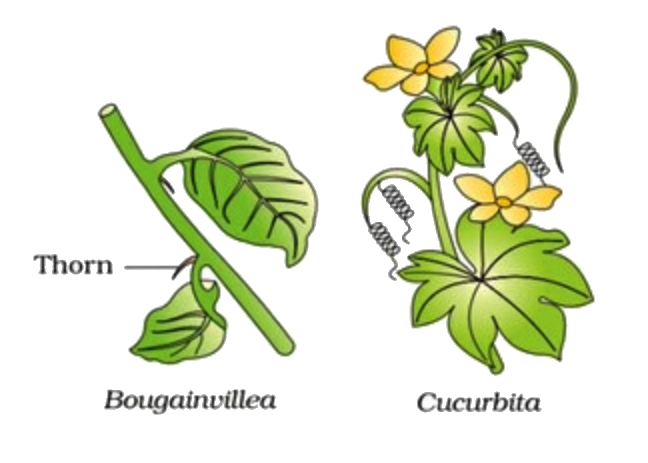Which are not homologous?
Fore arm of humans and fins of fishes
Wings of bat and insects
Fins of fishes and flippers of whales
Human fore arms, Bat's wings and flippers of whale.
The correct Answer is:B
To determine which of the given options are not homologous, we need to understand the concept of homologous organs. Homologous organs are those that have similar structures and origins but may serve different functions. Let's analyze the options provided:
1. Forearm of women and fins of fishes:
- The forearm of women (and humans in general) has a similar bone structure to that of the fins of fishes, indicating a common evolutionary origin. However, they serve different functions (grasping vs. swimming). Therefore, these are homologous.
2. Wings of bats and insects:
- The wings of bats are made of bone and are structurally similar to the forelimbs of other mammals, indicating a common origin. In contrast, the wings of insects are made of chitin and do not share a similar structure or origin with bat wings. They serve the same function (flight) but are not homologous.
3. Fins of fishes and flippers of whales:
- Both fins of fishes and flippers of whales are adapted for swimming, but they have similar structures and origins (both are derived from the same ancestral limb structure). Therefore, they are homologous.
4. Human forearm, bat wings, and flippers of whales:
- All these structures have a similar underlying bone structure, indicating a common evolutionary origin. They serve different functions (manipulation, flight, and swimming, respectively), making them homologous.
Based on this analysis, the option that is not homologous is:
Wings of bats and insects.
- The forearm of women (and humans in general) has a similar bone structure to that of the fins of fishes, indicating a common evolutionary origin. However, they serve different functions (grasping vs. swimming). Therefore, these are homologous.
- The wings of bats are made of bone and are structurally similar to the forelimbs of other mammals, indicating a common origin. In contrast, the wings of insects are made of chitin and do not share a similar structure or origin with bat wings. They serve the same function (flight) but are not homologous.
- Both fins of fishes and flippers of whales are adapted for swimming, but they have similar structures and origins (both are derived from the same ancestral limb structure). Therefore, they are homologous.
- All these structures have a similar underlying bone structure, indicating a common evolutionary origin. They serve different functions (manipulation, flight, and swimming, respectively), making them homologous.
Topper's Solved these Questions
- BOOK - DINESH PUBLICATION ENGLISHCHAPTER - EVIDENCES OF EVOLUTIONEXERCISE - CHECK YOUR GRASP19videos
EVIDENCES OF EVOLUTION
- BOOK - DINESH PUBLICATION ENGLISHCHAPTER - ENVIRONMENTAL ISSUESEXERCISE - Model test paper-5100videos
ENVIRONMENTAL ISSUES
- BOOK - DINESH PUBLICATION ENGLISHCHAPTER - EXCRETORY PRODUCTS AND THEIR ELIMINATIONEXERCISE - Check your graps10videos
EXCRETORY PRODUCTS AND THEIR ELIMINATION
Similar Questions
At which stage, the homologous chromosomes separate due to repulsion, but are yet held by chiasmata?
View SolutionAt which stage, the homologous chromosomes separate due to repulsion, but are yet held by chiasmata?
View SolutionWhich of the following represent correct pair of homologous ?
View SolutionWhich following homologous structures are mismatched
View SolutionIdentify the structure which represents homology in the following picture.
 View Solution
View SolutionIdentify the meiotic stage in which the homologous chromosomes separate while the sister chromatids remain associated at their centrometres. Or In which stage of meiosis homologous chromosomes are segregated
View SolutionWhich of the following pairs of organs is not homologous?
View SolutionWhich of these pair of modified structures are homologous?
View SolutionWhich of the following is a pair of homologous organs?
View SolutionWhich of the following statements is/are true about a homologous series :-
View Solution

